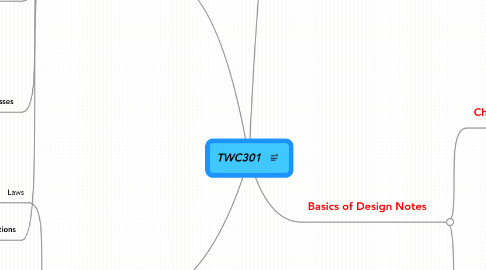
1. Course Outcomes
1.1. Rhetorical Knowledge
1.1.1. Identify, articulate, and focus on a defined purpose
1.1.2. Respond to the need of the appropriate audience
1.1.3. Respond appropriately to different rhetorical situations
1.1.4. Use conventions of format and structure appropriate to the rhetorical situation
1.1.5. Adopt appropriate voice, tone, and level of formality
1.1.6. Understand how each genre helps to shape writing and how readers respond to it
1.1.7. Write in multiple genres
1.1.8. Understand the role of a variety of technologies/media in accessing, retrieving, managing, and communicating information
1.1.9. Use appropriate technologies to organize, present, and communicate information to address a range of audiences, purposes, and genres
1.2. Critical Thinking, Reading, and Writing
1.2.1. Use information, writing, and reading for inquiry, learning, thinking, and communicating
1.2.2. Integrate previously held beliefs, assumptions, and knowledge with new information and the ideas of others to accomplish a specific purpose within a context
1.3. Processes
1.3.1. Be aware that it usually takes multiple drafts to create and complete a successful text
1.3.2. Develop flexible strategies for generating, revising, editing, and proof-reading
1.3.3. Understand the collaborative and social aspects of research and writing processes
1.3.4. Use appropriate technologies to manage data and information collected or generated for future use
1.4. Knowledge of Conventions
1.4.1. Learn common formats for different genres
1.4.2. Develop knowledge of genre conventions ranging from structure and paragraphing to tone and mechanics
1.4.3. Understand and apply legal and ethical uses of information and technology including copyright and intellectual property
2. Copyright
2.1. Laws
2.1.1. Works become copyrighted automatically the moment they're made
2.1.2. Work are copyrighted for the life of the author plus 70 years
2.1.3. Copyright is around to protect the author
2.2. Fair Use: Able to be used without permission
2.2.1. 4 types of considerations
2.2.1.1. Nature of the use
2.2.1.2. Nature of the work used
2.2.1.3. The extent of the use
2.2.1.4. The economic effect
2.2.2. 2 key questions to determine if it is fair use:
2.2.2.1. Did the unlicensed use “transform” the copyrighted material by using it for a different purpose than that of the original, rather than just repeating the work for the same intent and value as the original
2.2.2.2. Was the material taken appropriate in kind and amount, considering the nature of the copyrighted work and of the use
3. Personal Goals
3.1. Become more familiar with different communication technologies
3.2. Develop an artistic/design sense
3.3. Branch out of my technical "bubble" into the world of design
3.4. Learn how to more effectively communicate complex concepts via interactive/graphical methods
4. Basics of Design Notes
4.1. Chapter 1
4.1.1. Define your design project
4.1.1.1. Decide what you want to say
4.1.1.2. Decide who your audience is
4.1.1.3. Pick a design format
4.1.2. Effective Copywriting Steps
4.1.2.1. 1: Figure out what you want to accomplish with the copy
4.1.2.2. 2: Make a list of what's in it for the reader
4.1.2.3. 3: Organize your information (make an outline)
4.1.2.4. 4: Flesh our your outline
4.1.2.5. 5: Edit your work
4.1.3. Design Principles
4.1.3.1. Emphasis
4.1.3.1.1. The most important elment on the page should be the most prominent
4.1.3.2. Contrast
4.1.3.2.1. Visual elements on a page should look distinctly different from one another
4.1.3.3. Balance
4.1.3.3.1. Avoid clumping elements in one location on the page
4.1.3.4. Alignment
4.1.3.4.1. Visual connection among words, graphics, images, shapes, and lines on a page when their edges or axes line up withe each other.
4.1.3.5. Repetition
4.1.3.5.1. Repeating visual elements on a page helps establish a unified, cohesive design.
4.1.3.6. Flow
4.1.3.6.1. The visual and verbal path of movement that a viewer's eye follows through a page.
4.2. Chapter 2
4.2.1. Visual Hierarchy
4.2.1.1. The arrangement of visual elements such as type and images on the page according to their order of importance.
4.2.2. Simple designs make it easier for you to establish a clear visual hierarchy.
4.2.3. Focal Point
4.2.3.1. Visual element that is most emphasized and therefore where the reader's eye goes first
4.2.4. Accent
4.2.4.1. Secondary or tertiary focal points
4.2.5. Emphasize only the most important information.
